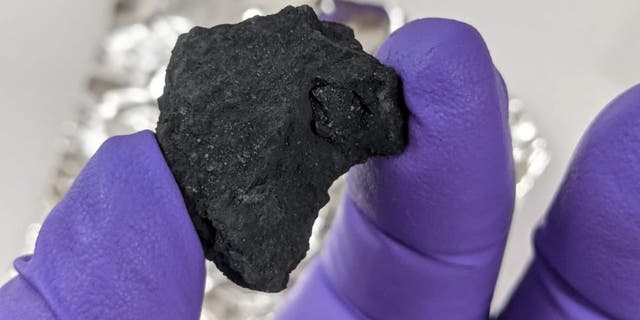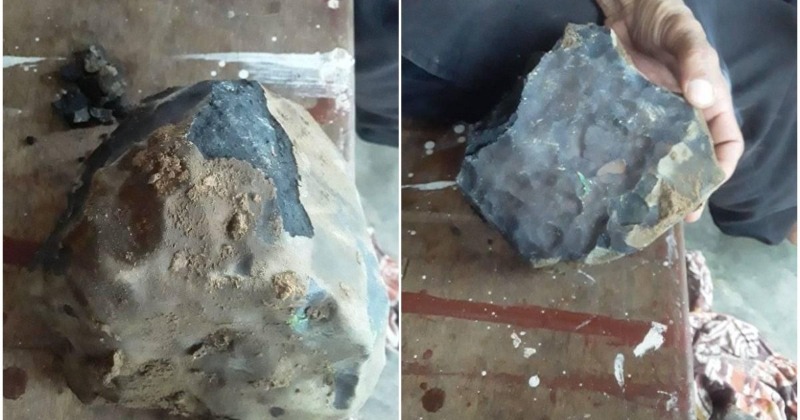


What the internet did was put the responsibility of doing that gatekeeping on every individual consumer. Moore said that while technology companies such as Facebook bear much of the responsibility when it comes to filtering out “fake news,” readers also have a responsibility of deciphering credible information. “There’s stuff that’s done for profit that’s deliberately deceptive and then there are other agendas including political agendas or ideological agendas.” Responsibility of filtering out false stories Even before the internet, it can still go viral-you just have everybody rushing to the newsstands,” Gorbach said. There’s often a strong motivation for profit-if you can introduce the right kind of ‘fake news’ story, it goes viral. “There’s fake stories or false stories that are done for fun or satirical reasons. Gorbach, however, said that “fake news” has been around for several decades, with different motivations behind creating these stories. School of Communications Assistant Professor Julien Gorbach published an article in American Journalism in 2018 called “ Not Your Grandpa’s Hoax: A Comparative History of Fake News.” In it, he recalls how the term “fake news” gained traction during the 2016 presidential election. As people are less willing to consume news from a wide variety of sources, they may only pay attention to sources that confirm their preexisting beliefs, which contributes to further political polarization.” “The first and most dangerous is that it reduces trust in all information sources, which can lead people to consume less news overall,” Moore said. Growing problem of ‘fake news’Īssociate Professor Colin Moore, UH Mānoa Public Policy Center director and School of Communications chair in the College of Social Sciences, said the proliferation of “fake news” carries two major problems. The article includes false quotes by a made up astrophysicist who never worked at UH.Īfter the story was shared thousands of times on social media, USA Today reached out to UH to confirm if the astrophysicist actually worked at the university, and debunked the original story in a recent post. The article, which was first posted in 2015 and recently went viral, claims that UH astrophysicists discovered Tetrahydrocannabinol ( THC) on a meteorite found in the Nevada desert in 2010. The University of Hawaiʻi is the target of a “fake news” article making rounds on social media, and UH experts say there are many lessons to learn. Tetrahydrocannabivarin (THCV) were also found in a meteorite fragment in 2009 by a research team from the University of Mexico but the findings were dismissed at the time because of the “controversial nature of the discovery”.Ĭurrently scientists and researchers are further analyzing the sample and so they could shed some more light on this latest finding.NASA astronomer Peter Jenniskens with a meteorite found in the Nubian Desert of northern Sudan. and most countries around the world, synthetic versions of the chemical have been legally prescribed for decades. While THC is still illegal in most of the U.S. Currently it is being analyzed if marijuana can cure cancer. Mostly used to get high, THC also has medical benefits like relieve pain, nausea, depression and many other. It was first discovered in 1964 by a scientist in Israel named Dr. Tetrahydrocannabinol (THC) is the primary ingredient in marijuana responsible for the high. The discovery of THC on a meteorite fragment could “revolutionize our modern understanding of psychoactive agents”, says – astrophysicist James Hun of the University of Hawaii It gives a whole new meaning to the term getting high” he told local reporters, with a pinch of humor. If chemical substances, that change brain functions and result in alterations in perception, mood, or consciousness in humans, find their origin in outer space, what role then has cometary impacts played on the human species? Or on life on the planet as whole? This discovery ultimately leaves us with more questions than answers The discovery of THC on meteorite fragments will have huge impact on the science of astrobiology. Researchers who analyzed meteorite fragments in search of micro-bacterial data found the presence of Tetrahydrocannabinol (THC) which is found in a variety of plants, but most famously in the cannabis plant.Īstrophysicist (specialized in astrobiology) James Hun, head of the research team said: Astrophysicists from the University of Hawaii have discovered Tetrahydrocannabinol (THC) on a meteorite found in the Nevada desert in 2010.


 0 kommentar(er)
0 kommentar(er)
